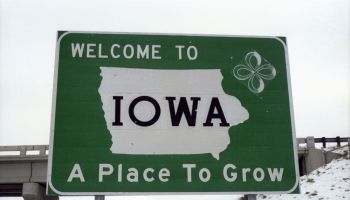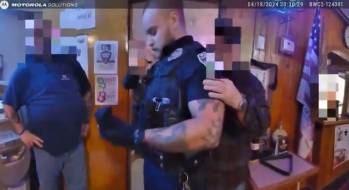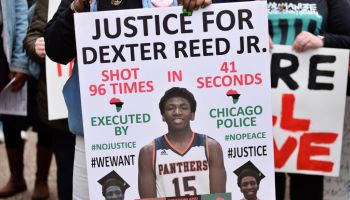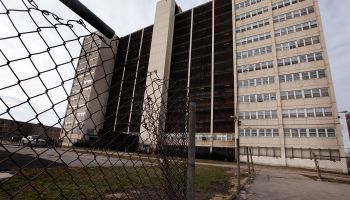Tuskegee Institute student Samuel “Sammy” Younge‘s (pictured) death was an unfortunate first in the history books as it relates to the Civil Rights Movement. On this day in 1966, Younge was killed by a White man angered that he used a Whites-only restroom in Alabama.
SEE ALSO: ‘Bloody Sunday’ March Took Place 48 Years Ago On This Day In 1965
Born Samuel “Sammy” Leamon Younge Jr. on November 17, 1944, Younge’s parents Samuel Sr. and Renee, provided both him and his sibling with middle-class comforts. Attending schools in the Tuskegee school district for most of his long life, Younge graduated high school in 1962. Entering the Navy, Younge spent time on the aircraft carrier, USS Independence, a warship that was involved in the U.S. blockade of Cuba.
After some health issues led to a medical discharge in 1964, Younge transitioned in to a veteran hospital just before enrolling in Tuskegee Institute in 1965. The school was a hot bed for young civil rights activists, and Younge was attracted to the energy of the movement. Young joined the Tuskegee Institute Advancement League (TIAL), which worked in conjunction with the school’s Student Nonviolent Coordinating Committee (SNCC) chapter.
Younge fearlessly combated the segregation and racism that plagued his and other southern states. In fact, he and other TIAL members were among the protestors who expressed outrage at the “Bloody Sunday” events of the Montgomery to Selma march. He was also heavily involved in voter registration efforts for African Americans, with SNCC and TIAL working in tandem in the venture.
His involvement in the protests and activism landed the college student in jail.
Around four months after his stint in jail, Younge was undertaking a voter registration drive in Alabama’s Macon County. While at a Standard Oil gas station, Younge attempted to use a Whites-only bathroom.
Station attendant Marvin Segrest, 67, shot and killed Younge after a verbal confrontation, sparking several days of emotional protests in the Tuskegee area.
Segrest was eventually indicted but was later found not guilty in November 1966 by an all-White jury, naturally inspiring more protests and the like.
SNCC would address Younge’s death publicly during a protest against the Vietnam War, but it wasn’t until years later that scholars and Alabama and journalists would begin to examine the inner workings of the case and its overall impact.
Younge’s death was a visible manifestation of the growing split between White and Blacks in the Deep South, and residents in Alabama continued to wrestle with racism for years. Younge showed, however, that even those African Americans who were raised with comfortable means still aligned themselves with the working class and poor abroad.
SEE ALSO: Soul Music Pioneer Sam Cooke Shot To Death On This Day In 1964























